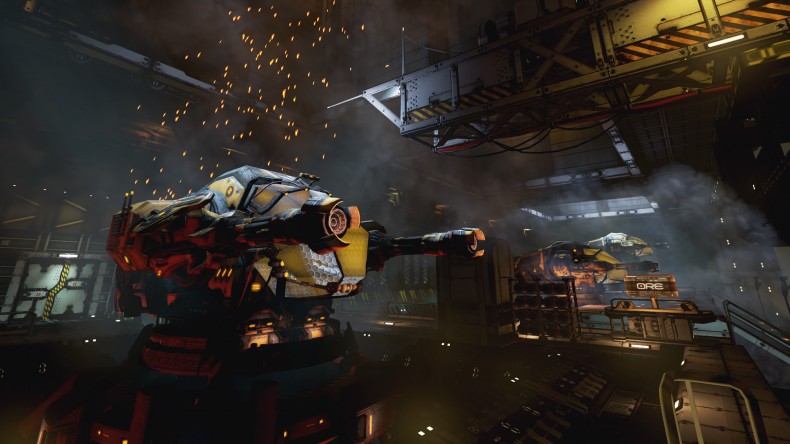Fans of VR have long claimed that virtual reality is the future of gaming, and that it’s only a question of time before people will spend the majority of their gaming time wearing VR headsets. Needless to say, that hasn’t happened. Sure, VR can be fun and it does have a lot of fans, but it failed to explode into the mainstream market the way its fans had hoped.
Now, what about Esports? At first glance, there isn’t a lot of possible overlap here – that isn’t quite true though. While it’s unlikely that a lot of pro tournaments will be fought with headsets, there is a different application area that VR is perfect for – viewer enjoyment.
Sony’s new VR patent
Sony seems to have realised the potential there, and filed a patent named: “Spectator View Into an Interactive Gaming World Showcased in A Live Event Held In A Real World Venue”. Now, while that doesn’t exactly roll of the tongue, it does pretty much explain what it is. The patent covers an array of virtual reality cameras and sensors set up in order to make viewers feel like they are attending a real-life esports tournament, while also letting them experience the game itself.
If that was a little confusing, let us explain in more detail – the viewer will wear a PlayStation VR headset at home, which will allow them to see the environment as if they were attending the venue where the event is taking place. Live remote participation is the idea – sitting at home on your couch while being able to see the stadium or event hall of the event.
Of course, that’s not all – since it’s VR, Sony’s idea is to also let players experience the game that is being played in a first person perspective. This means that players get to sit on the start-line just as a big Formula 1 race kicks off, or that they can fly over a big battle as it unfolds between the players.
Experiencing the Game
Players would be able to toggle between being in the game and in a pre-assigned seat in the stadium with this technology. The seat would be outfitted with special cameras and allow multiple people the same viewpoint (or it would let them switch between seats, depending on the setup). Of course, this seat would have to be unoccupied for this to work, but that’s easy enough to accomplish.
At the moment, Sony is planning to use the setup from their new patent primarily for their PlayStation Plus League. That would mean that players could soon get to experience esports competitions in Fortnite, Rocket League, FIFA and Rainbow Six Siege live and up close, and all without having to change out of their pyjamas.
New Horizons
Part of the appeal of this new concept is, of course, the possibility of experiencing the game that is being played in VR. While it’s unclear what viewpoints the user might be able to take up, a lot of gamers would love to experience, for example, a shooter from the perspective of any of the characters, or a race by hovering above the cars.
This technology lends itself better to some games than others – an MMORPG would likely not hold the same appeal as a racing game or a shooter. That isn’t to say that this technology couldn’t still be used even for genres it doesn’t match perfectly with – increased interactivity and the ability to explore games in a new manner would likely boost the viewership numbers of any game.
Expanding Out
Another potential result of Sony’s new patent could be a new way of watching traditional sports. Cameras are already installed to provide new viewpoints to viewers at home, but a VR experience would go one step further in providing a great experience for fans. This could apply to things like football matches, or even the Olympics.
Assuming success, this approach could branch out into things like theatres, musical performances and more – although that sort of thing is likely years away from becoming a reality. What is a reality already are VR-based esports leagues. Though they are by no means as common as other competitions, they do exist, and they would be a likely starting point for Sony’s new technology, as the games that are being played are already designed to support VR viewing. Non-VR titles would first have to be adapted to make them compatible, whereas existing VR games like Echo Combat or Onward are already suitable for it.
The Cost of the Future
Another issue to be overcome is cost – while VR headsets are at the moment already too expensive for many users, this technology would present a leap forward when it comes to technical capabilities, and these new systems would likely be even more prohibitively expensive, not to mention tickets to these VR esports events, which would further add to the cost. A drop in price would go a long way in making VR more accessible to the general public, and increased interest would help drive further developments in the sector.
While all this may not be the future VR enthusiasts may have imagined, it has potential as a way for esports fans to have a more involved viewing experience, and that might just be a great thing too!





